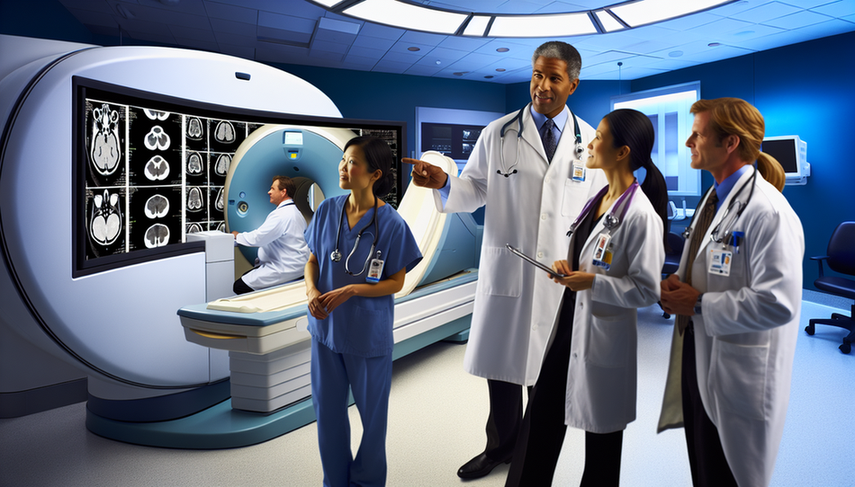Imaging Modalities: Indications for Using CT, MRI, and PET in Diagnosis

In the medical field, imaging modalities such as CT (Computed Tomography), MRI (Magnetic Resonance Imaging), and PET (Positron Emission Tomography) are essential tools for diagnosis and management of various pathologies. Each of these techniques has its own indications and advantages, allowing physicians to select the most appropriate modality based on the clinical context.
Diving Deeper into Imaging Modalities
CT is widely used due to its ability to provide detailed images of bone structures and soft tissues. It is particularly useful in emergency situations, such as in the case of strokes, where its speed and availability are crucial for immediate clinical decision-making.
On the other hand, MRI offers excellent contrast resolution for soft tissues, making it ideal for evaluating conditions such as osteoarthritis and uterine cancers. Its ability to perform imaging in multiple planes without ionizing radiation is a significant advantage, especially in pediatric populations and in the long-term follow-up of chronic diseases.
PET, often combined with CT or MRI, provides functional and metabolic information that is invaluable in oncology. For example, in the diagnosis of pediatric musculoskeletal diseases, PET/MRI is preferred due to its lower radiation exposure and its ability to characterize tissue changes more accurately than CT.
Conclusions
The choice between CT, MRI, and PET should be based on a careful evaluation of clinical indications, patient characteristics, and specific diagnostic objectives. The integration of these modalities into a multimodal approach can significantly enhance diagnostic accuracy and patient management. As technology advances, it is crucial for physicians to stay updated on the capabilities and limitations of each modality to optimize patient care.
Referencias
- [1] Overview of Imaging Modalities in Stroke
- [2] Imaging in Osteoarthritis
- [3] Quantitative imaging of uterine cancers with diffusion-weighted MRI and 18-fluorodeoxyglucose PET/CT
- [4] Molecular Imaging with PET-CT and PET-MRI in Pediatric Musculoskeletal Diseases
Created 13/1/2025
